
Article Summary: National Parks Near Charleston
National Parks Near Charleston. There’s so much more to the Palmetto State than Congaree National Park.
In this article, we’ll familiarize you with the incredible national parks that are within a day’s drive of downtown Charleston including Congaree National Park. As a matter of fact, it’s less than two hours away!
Charleston is an historic port city known for its deep southern roots. Due to its charming architecture, pleasant weather, and excellent cuisine, it’s a popular romantic getaway destination. However, it’s also well loved by history buffs.
But it’s also a great place to visit some truly amazing national parks.

So, What Is A National Park?
We get asked that question a lot because there’s a difference between a “national park” and a “national park site.” To help you understand that difference you might want to check out our article titled: What Is A National Park Really?
Now let’s go ahead with 5 reasons why you’ll want to hop in your car and make a day’s drive from Charleston to one of these truly amazing places.
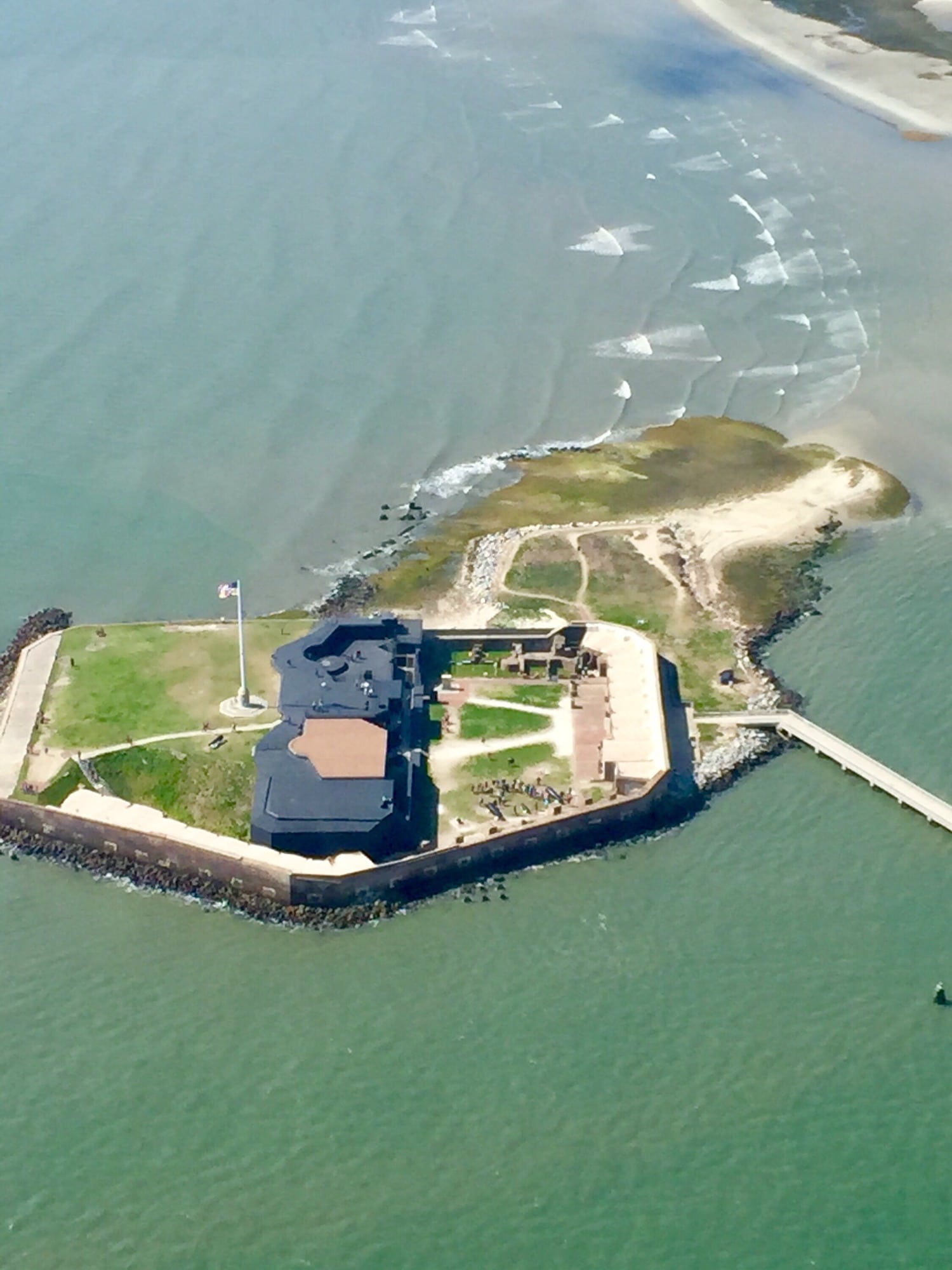
Table Of Contents: National Parks Near Charleston
Best National Parks Near Charleston
1. Congaree National Park
Distance From Charleston: One hour 50 minutes (105 miles) via I-26 W.
Visiting this national park is like going back in time. Here you’ll discover ancient cypress trees and waterways that once dominated the coastal southern United States but now are found only in a few pockets of protected land.
Congaree happens to be one of the more forgotten parks on the east coast which is great for those of us who like to avoid crowds!
Most people don’t think of South Carolina when they think of national parks, but you’ll definitely want to add this magical 26,000 acre park to your bucket list.
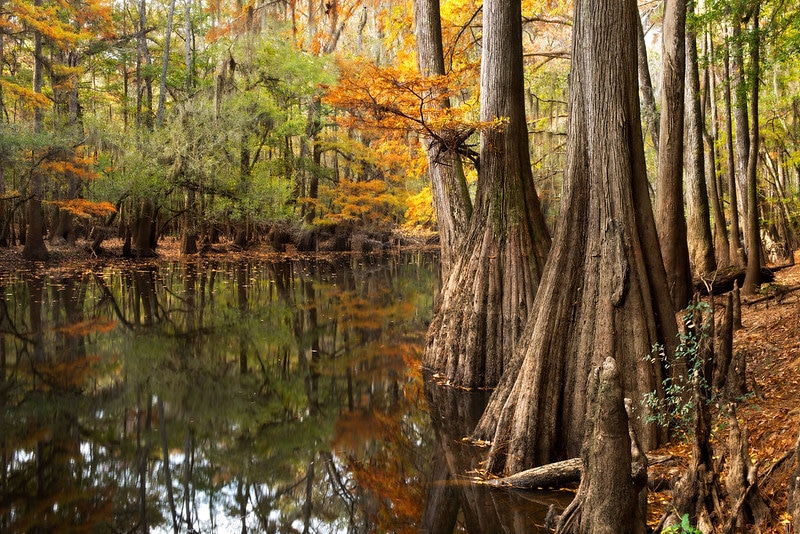
Things To Do At Congaree National Park
Here are some of the things you can do while visiting Congaree National Park:
- Hiking: The park has over 25 miles of hiking trails, ranging from easy boardwalks to strenuous backcountry paths. Hikers can explore the forest and swamp environments and see a variety of wildlife and plants.
- Canoeing and kayaking: The park’s waterways, including the Congaree River and Cedar Creek, are popular for canoeing and kayaking. Rentals are available, or you can bring your own boat.
- Wildlife watching: Congaree National Park is home to a diverse range of wildlife, including river otters, deer, raccoons, and various species of birds. Keep an eye out for these and other animals as you explore the park.
- Photography: With its stunning natural beauty and rich biodiversity, Congaree National Park is a photographer’s paradise. Capture the unique landscapes, towering trees, and abundant wildlife in your own photographs.
- Camping: The park has a designated camping area with sites for tents and RVs. Campers can spend the night in the heart of the park and wake up to the sounds of the forest.
- Ranger-led programs: Park rangers offer a variety of educational programs, including guided walks, campfire talks, and nature workshops. These programs provide an opportunity to learn more about the park’s history, culture, and wildlife.
- Stargazing: The park has minimal light pollution, making it an ideal place for stargazing. Pack a blanket and a telescope, and spend the night under the stars.
- Fishing: Visitors can try their hand at fishing in the park’s waterways, which are stocked with various species of fish.

There Are Hiking Trails, Leaf Strewn Forests & Southern Plantations Too
Another wonderful stop is the Congaree Bluffs Heritage Preserve on the south side of the national park. It’s a magnificent maze of hiking paths and leaf-strewn forests.
It covers 201 acres, encompassing groups of hickory, oak, and tupelo tree, often clad in beautiful clusters of Spanish moss.
If you’re looking for a little history then you don’t have far to look. Near the park is the Millford Plantation Historic Site. You can explore a 19th century plantation household that was home to more than 600 slaves prior to the Civil War.

RELATED: 10 BEST Civil War Sites In America
2. Cowpens National Battlefield
Distance From Charlotte: Three hours 26 minutes (223 miles) via I-26 W.
Cowpens National Battlefield commemorates the Battle of Cowpens, which was fought on January 17, 1781 during the American Revolutionary War.
The battle was a significant victory for the Patriots, as a smaller and untrained force, led by Brigadier General Daniel Morgan, defeated a larger and more experienced force of British soldiers led by Lieutenant Colonel Banastre Tarleton.
The Patriots’ success at Cowpens helped to turn the tide of the war in the South and ultimately contributed to the eventual defeat of the British at Yorktown.
The battlefield was established as a National Battlefield Site on March 4, 1929 and was later made a National Battlefield Park on October 11, 1972.
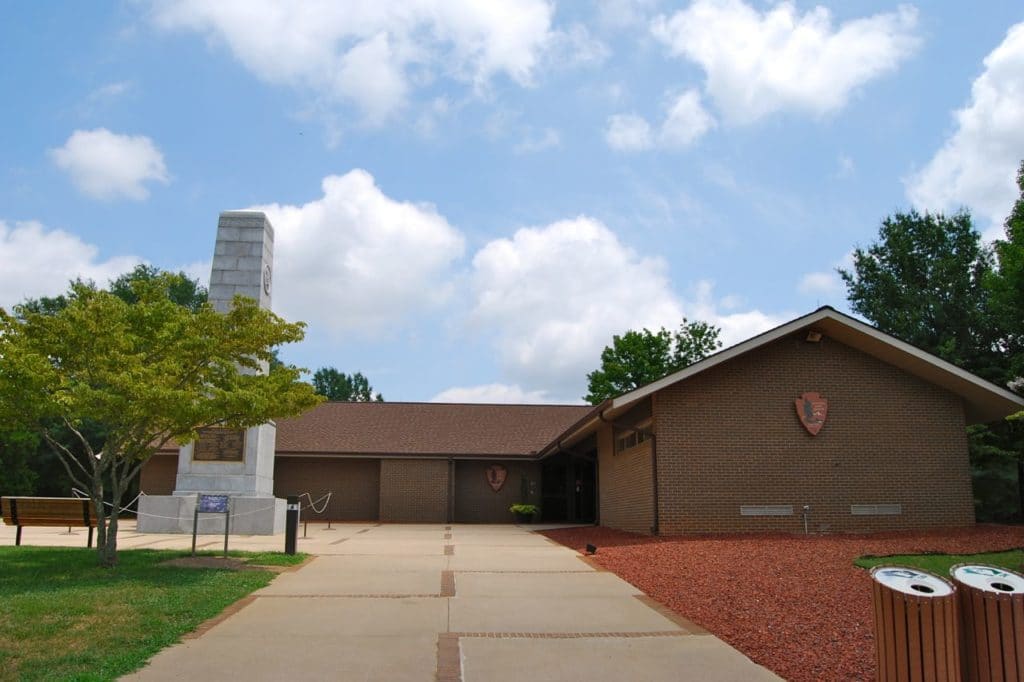
Things To Do At Cowpens National Battlefield
There are several activities and things to do at Cowpens National Battlefield. Some of the popular options include:
- Visiting the Visitor Center: The Visitor Center has exhibits and displays that provide information about the Battle of Cowpens and the history of the American Revolution in the South.
- Taking a self-guided tour: Visitors can take a self-guided tour of the battlefield and see the sites where the battle took place, including key locations such as the Patriot and British lines and the areas where various engagements occurred.
- Ranger-led Programs: The park offers ranger-led programs such as battlefield walks, talks, and demonstrations that provide visitors with a deeper understanding of the battle and the history of the American Revolution.
- Hiking: There are several hiking trails in the park that visitors can use to explore the battlefield and see the sites where the battle took place.
- Picnic: visitors can enjoy picnic with family and friends in the park’s picnic area.
- Annual events: The park also hosts annual events such as living history demonstrations, reenactments, and educational programs that provide visitors with a glimpse into what life was like during the Revolutionary War.
RELATED: 10 BEST Revolutionary War Sites In America
3. Fort Sumter & Fort Moultrie National Historical Park
Distance From Charleston: Fort Sumter is in Charleston. Fort Moultrie is only 23 minutes away via SC-703 E..
If you want to stay close to Charleston, but experience some history than you can’t get much closer than Fort Sumter & Fort Moultrie.
We go from the American Revolution to the Civil War, but the good news is that you don’t have to travel far while we do it. Actually, when it comes to American history, this is a two-for-one special.
There are two forts at the entrance of Charleston Harbor. Fort Moultrie, which had its humble beginnings as a palmetto log fort, was originally crafted by patriots in the days of the American Revolution. It later served a strategic role defeating the British Navy in 1776.
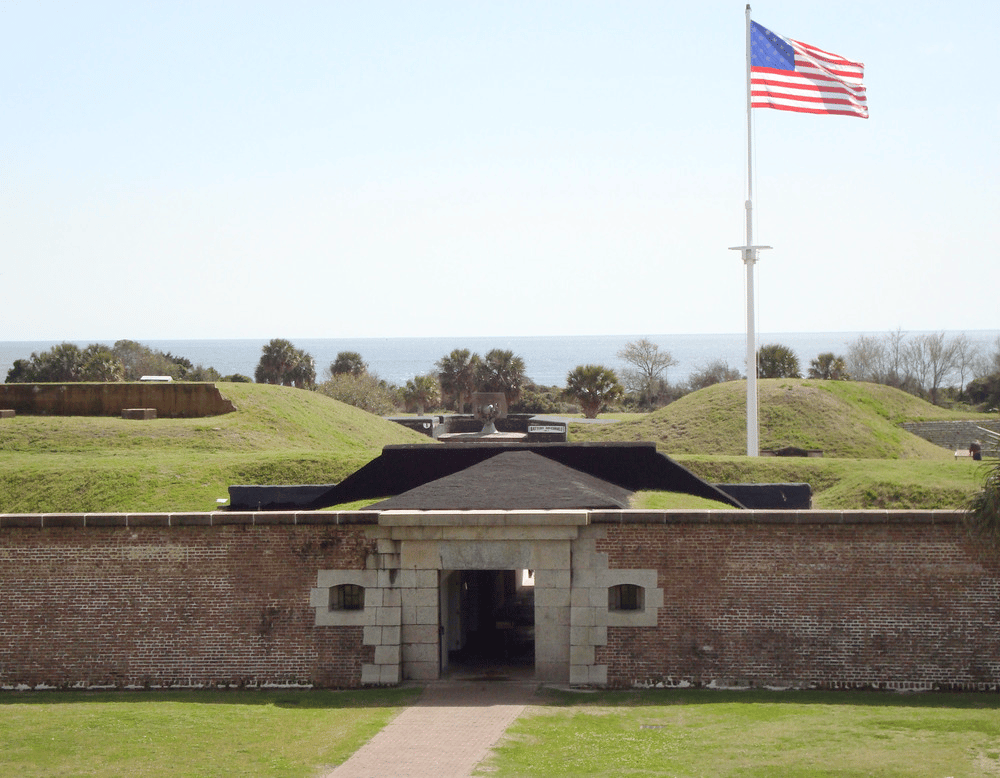
RELATED: 8 EPIC South Carolina National Parks
Tour Forts Sumter & Moultrie
Fort Sumter is only accessible by the concession-operated tour boats however. Fort Sumter Tours provides the only National Park Service authorized access to Fort Sumter. You have to purchase tickets for the tour boat, but the fort does not charge an admission fee.
As for Fort Moultrie, visitors are required to purchase an entrance pass at the Fort Moultrie Visitor Center upon entering the site.
A visit to Fort Sumter and Fort Moultrie National Historical Park provides a window into the life and trials of America’s heroes, from the Civil War to today’s modern conflicts.
It’s a great way to walk in the footsteps of those who helped give birth to the new nation and those who fought to preserve it.

More National Parks Near Charleston
4. Kings Mountain National Military Park
Distance From Charlotte: Three hours 32 minutes (214 miles) via I-26 W & I-77 N.
The Battle of Kings Mountain was fought on October 7, 1780 during the American Revolutionary War. It was a decisive victory for the Patriots (colonial rebels) over the Loyalists (colonists loyal to the British Crown).
The Patriots, led by Brigadier General Isaac Shelby and Colonel William Campbell, defeated a force of Loyalists led by Major Patrick Ferguson.
The battle took place near the border of North and South Carolina and was a significant turning point in the southern campaign of the Revolutionary War. The Patriots captured a significant number of prisoners and supplies, while the Loyalists suffered heavy casualties.
The victory at Kings Mountain boosted morale among the Patriots and helped to turn the tide of the war in the South in favor of the rebels.
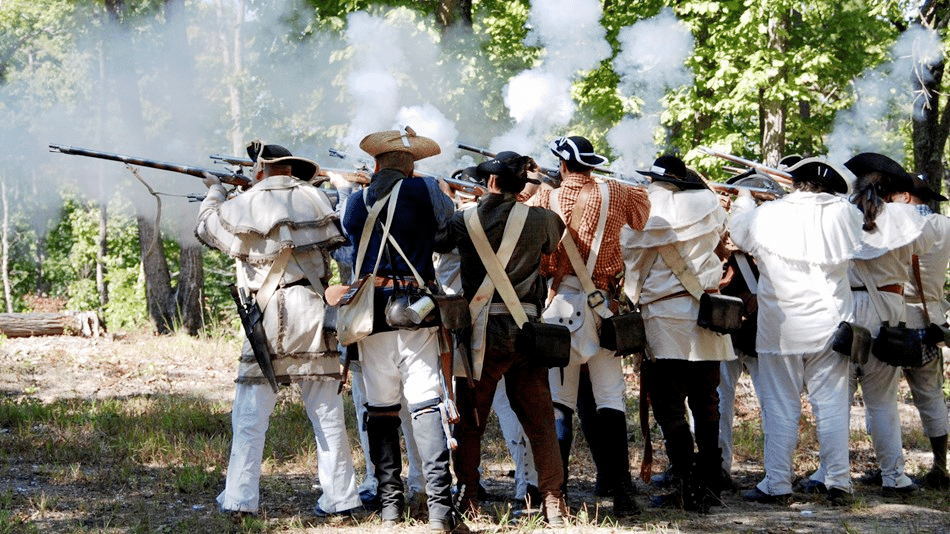
Things To See & Do At Kings Mountain
At Kings Mountain National Military Park, visitors can participate in a variety of activities, including hiking on the park’s trails, visiting the visitor center and museum to learn about the history of the Battle of Kings Mountain, and attending ranger-led programs and tours.
The park also offers picnicking and camping facilities, as well as opportunities for birdwatching and wildlife viewing.
Additionally, the park has a self-guiding auto tour and Battlefield trail, which allows visitors to explore the site of the Revolutionary War battle.
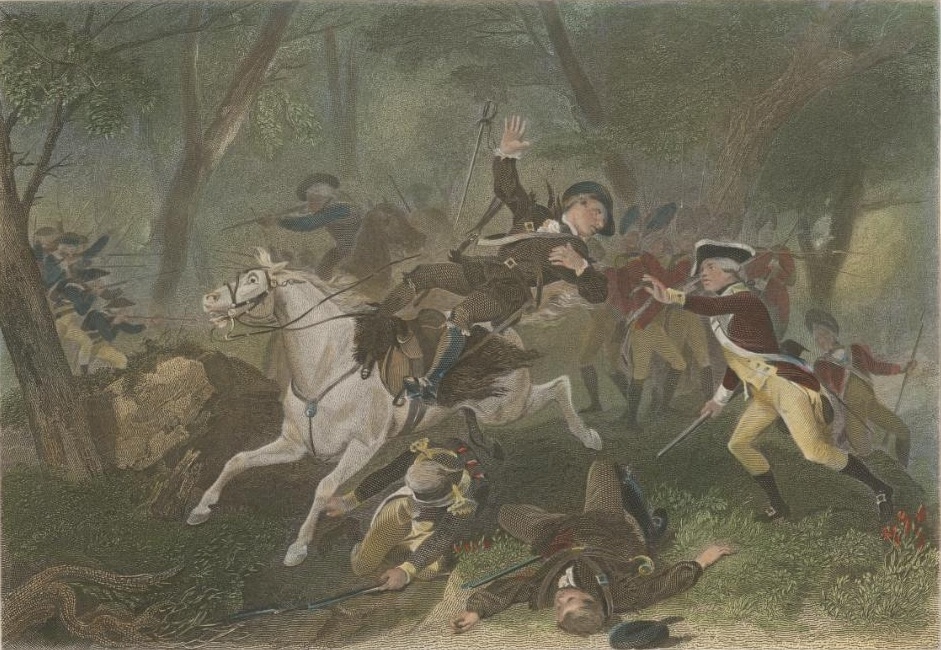
Things To See & Do At Kings Mountain
Believe it or not, most of the battles/skirmishes of the Revolutionary War actually took place in South Carolina. At Kings Mountain, you can learn about an hour-long battle which changed the course of the Revolutionary War.
I recommend beginning your adventure at the Visitor Center. There you will be treated to a 26-minute film, which provides a historical overview of the battle and its importance.
There’s also an exhibit area where you will learn more about why the battle happened, who the Overmountain Men were and how the outcome of this battle helped to change the course of the war.
Then, when you feel like you’ve had enough indoor history, there’s a 1.5 mile battlefield trail you can walk. It’s a beautiful path which takes you along the battlefield. Along the way, you’ll pass several markers for important figures from this battle.
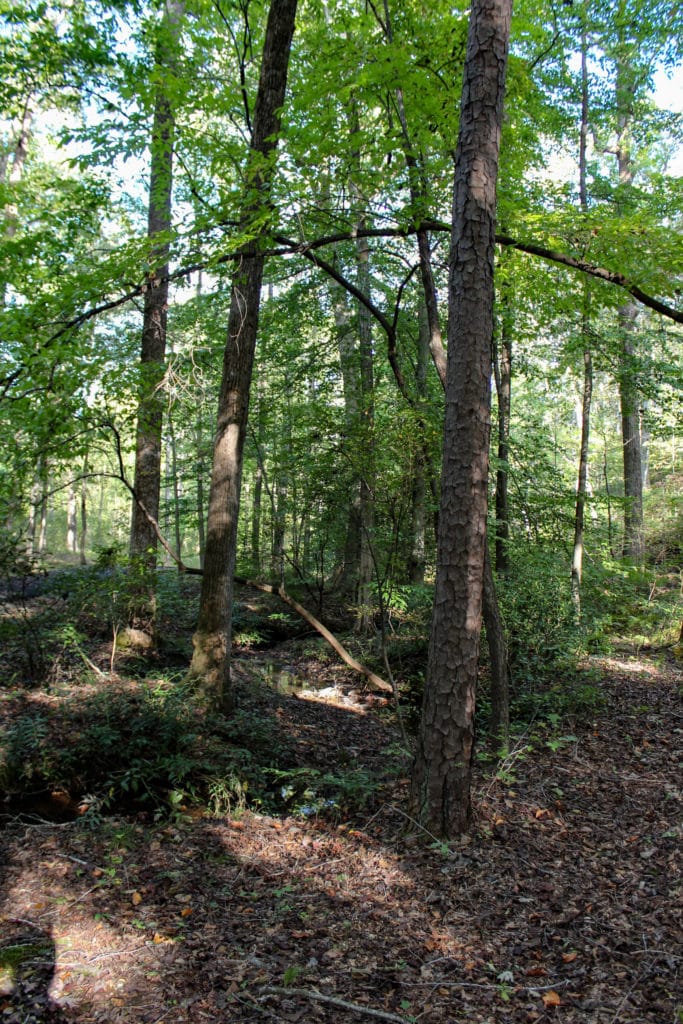
RELATED: 12 EPIC North Carolina National Parks
Looking For More Exercise At Kings Mountain
If the battlefield trail is not a good enough workout for you then there are three backcountry hiking trails offering 16 additional miles of outdoor adventures.
- Park Loop Trail – This 16-mile loop trail goes through both parks. Plan on spending a full day hiking this trail.
- Browns Mountain Trail – This 2.5-mile trail leads from the visitor center to the top of Browns Mountain. This is not a loop trail. You must backtrack to get back to the visitor center. A total hike of 5 miles.
- Clarks Creek (Lake Crawford) – This 3-mile trail leads from the visitor center to Lake Crawford (located in the state park). This is not a loop trail. You must backtrack to get back to the visitor center. A total hike of 6 miles. (Source: NPS)
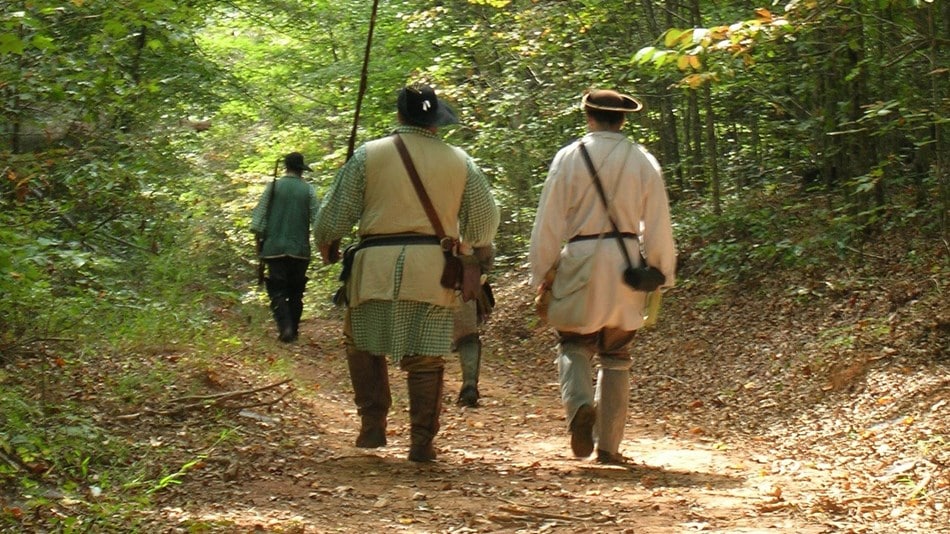
5. Overmountain Victory National Historic Trail
Distance From Charleston: Three hours 27 minutes (212 miles) via I-26 W & I-77 N.
The Overmountain Victory National Historic Trail commemorates the route taken by the Overmountain Men during the American Revolutionary War. The trail is a 330-mile route that winds through several states, including Virginia, Tennessee, North Carolina, South Carolina, and Georgia.
The Overmountain Men were a group of soldiers from the western frontier who marched over the Appalachian Mountains to join the Continental Army in its fight against the British.
The trail follows the route taken by these men as they made their way to the Battle of Kings Mountain in 1780, a pivotal battle in the Revolutionary War that helped turn the tide of the conflict in favor of the Patriots.
The trail is marked by a series of interpretive signs and exhibits that provide information about the history and culture of the region, as well as the events that took place during the Revolutionary War.
Visitors can also explore several historic sites along the trail, including museums, battlefields, and other sites of historical significance.

Things To See & Do
Visitors can enjoy a variety of activities along the trail, including:
–Hiking: Visitors can hike segments of the trail, which is marked with signs, posts, and markers. The trail is considered as moderate difficulty.
–Camping: Campsites are available along the trail, with some developed campgrounds, backcountry campsites, and primitive camping.
–Cycling: The trail is also open to bicycles, and it’s a great way to explore the area.
–Auto Touring: Some parts of the trail are also open to vehicles, and there are several auto tour routes that visitors can follow.
–History: Visitors can learn about the history of the Revolutionary War and the role that the Overmountain Men played in it. Along the trail, there are several historical sites, including the Sycamore Shoals State Historic Area and the Fort Defiance Park and Interpretive Center.
–Nature: The trail passes through several different types of landscapes, including forests, meadows, and mountain ranges, and offers opportunities for birdwatching, wildlife viewing, and photography.
–Visit the Overmountain Victory National Historic Trail Visitor Center, which is located in Marion, North Carolina and offers exhibits, films, and ranger-led programs.
National Parks Near Charleston FAQ
South Carolina does have one national park. It’s Congaree National Park. The state is filled with fantastic National Historic Sites, National Military Parks, National historic trails and corridors and more! These parks are vastly different and include beautiful natural scenery and preservation of American history.
From east to west, they include: Sassafras Mountain, Jocassee Gorges, Chattooga River, Congaree National Park, Edisto River, Ace Basin, and Bulls Island.
Why Trust Us About National Parks Near Charleston?
We’re Jim Pattiz and Will Pattiz, collectively known as the Pattiz Brothers (and sometimes the Parks Brothers) and we absolutely LOVE the national parks.
You should probably know that we don’t just make this stuff up out of thin air. We’ve spent our entire adult lives exploring and filming America’s national parks and public lands.
We’ve worked with the National Park Service, the Department of Interior, USDA, and the U.S. Forest Service for years creating films on important places and issues. Our work has been featured in leading publications all over the world and even some people outside of our immediate family call us experts on the national parks.
Meet The Parks Brothers
Map Of National Parks Near Charleston
List Of National Parks Near Charleston
- Congaree National Park
- Cowpens National Battlefield
- Fort Sumter & Fort Moultrie National Historical Park
- Kings Mountain National Military Park
- Overmountain Victory National Historic Trail
We Hope You’ll Follow Our Journey

Our goal here at More Than Just Parks is to share the beauty of America’s national parks and public lands through stunning short films in an effort to get Americans and the world to see the true value in land conservation.
We hope you’ll follow our journey through the parks and help us to keep them the incredible places that they are. If you’re interested in joining the adventure then sign up below!


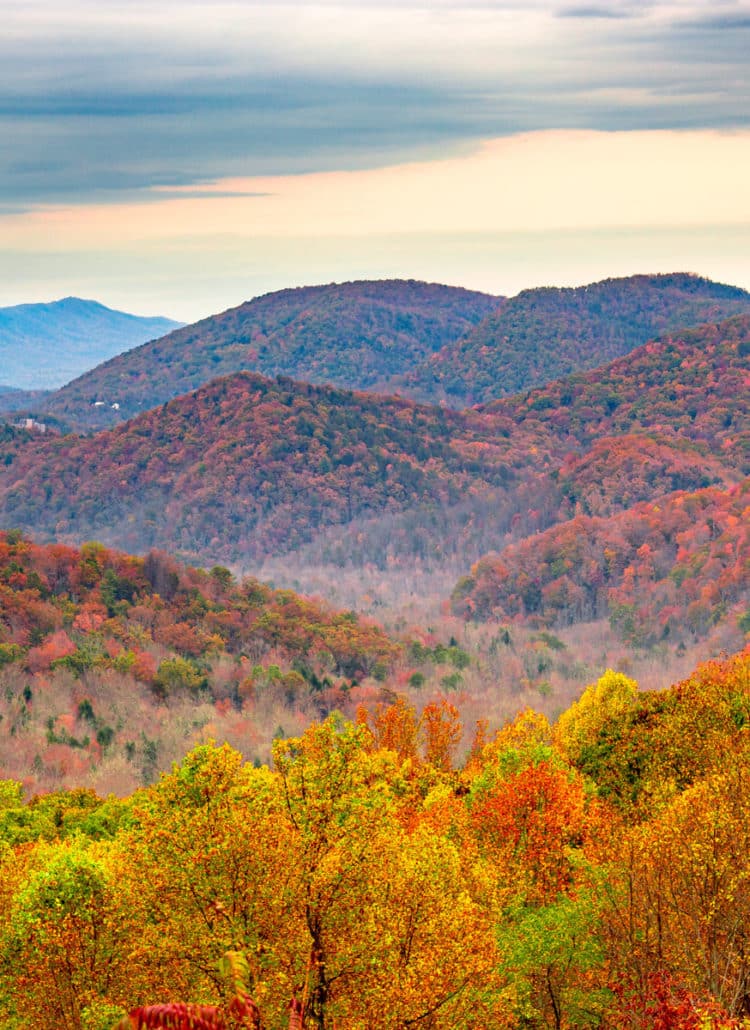


Leave a Reply